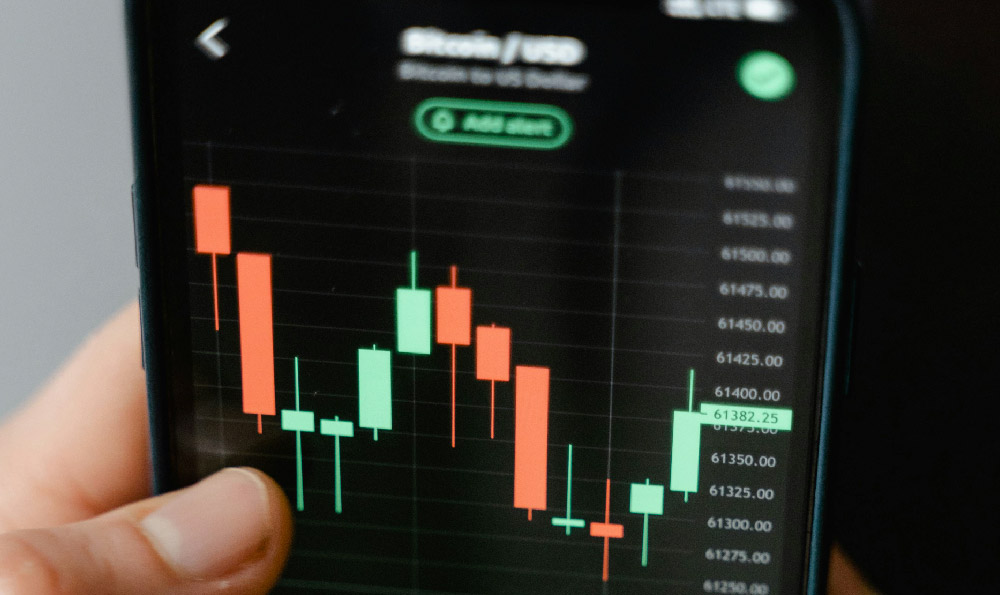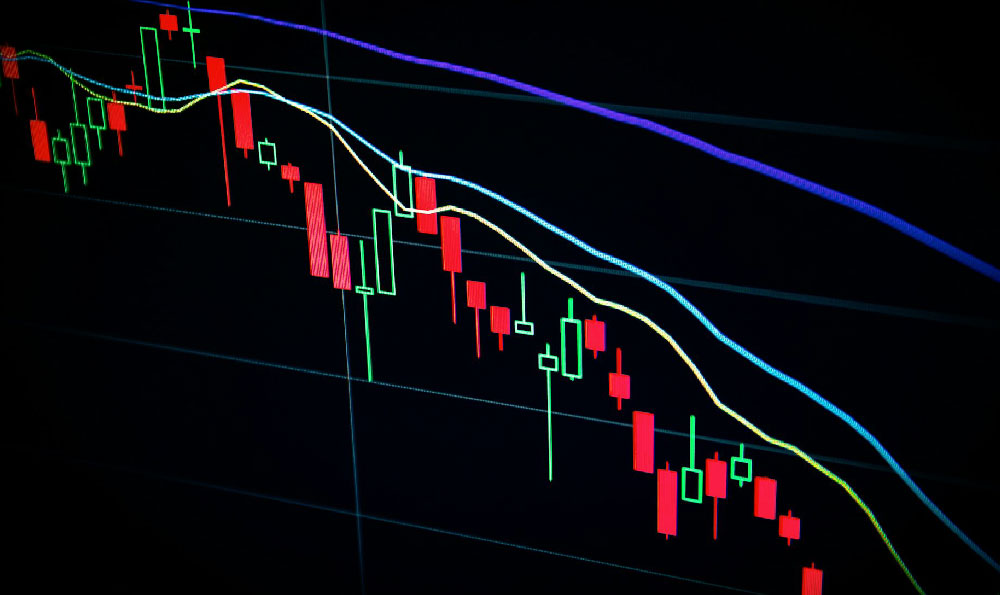How much do Amazon drivers earn? What's the average salary?
Let's delve into the compensation structures for Amazon drivers, a topic that often generates curiosity and varying perspectives. Understanding the earnings potential requires a nuanced look at different driver roles, contract types, and regional disparities. There isn't a single, monolithic "Amazon driver" salary figure, as the reality is far more complex.
One of the primary categories of Amazon drivers is those employed through Amazon's Delivery Service Partners (DSPs). These are independent companies contracted by Amazon to handle last-mile delivery operations. Drivers working for DSPs are employees of those individual companies, not Amazon directly. Their salaries are therefore determined by the DSP owner and can vary significantly based on factors like location, experience, performance, and overtime opportunities. Generally speaking, DSP drivers can expect an hourly wage, which fluctuates depending on the region and the specific DSP. In many areas, this wage falls within the range of $15 to $22 per hour, although there are outliers on both ends of the spectrum. Factors that might influence this number could include local cost of living adjustments, competition for drivers in the area, and the DSP's profitability. Keep in mind that this is just an hourly wage; other benefits offered by the DSP, such as health insurance, paid time off, and retirement plans, can significantly impact the overall value of the compensation package.
Beyond the hourly wage, many DSPs offer performance-based bonuses. These bonuses might be tied to metrics like on-time delivery rates, safety records (avoiding accidents and traffic violations), and customer satisfaction scores. While these bonuses can provide a welcome boost to earnings, they also introduce an element of unpredictability. Drivers might face pressure to meet demanding quotas and maintain perfect records, potentially leading to stress and safety concerns. Therefore, it's crucial to consider these factors when evaluating the overall compensation offered by a DSP.

Then there's the realm of Amazon Flex drivers. These are independent contractors who use their own vehicles to deliver packages for Amazon on a part-time or flexible schedule. Flex drivers are paid on a per-block basis, with each block representing a pre-determined delivery route that needs to be completed within a specified timeframe. The advertised rates for Flex blocks can be enticing, often ranging from $18 to $25 per hour, but it's essential to understand the nuances behind these figures. The actual earnings can be significantly lower than the advertised rate due to several factors. Travel time to and from the delivery zone, loading time at the Amazon warehouse, and the unpredictable nature of delivery routes (traffic congestion, difficult-to-find addresses, apartment complexes with limited access) can all eat into the hourly earnings. Also, Flex drivers are responsible for all their own expenses, including gas, vehicle maintenance, insurance, and taxes. These costs can quickly add up and substantially reduce the net earnings.
Furthermore, the availability of Flex blocks can fluctuate significantly depending on demand. During peak seasons like the holidays, there might be an abundance of blocks available, allowing drivers to work as much as they want. However, during slower periods, blocks might be scarce, making it difficult to earn a consistent income. This income instability is a major drawback for many Flex drivers. In addition, because they are independent contractors, Flex drivers are not entitled to benefits like health insurance or paid time off, which are typically offered to employees. This lack of benefits is a significant consideration when evaluating the overall financial viability of working as a Flex driver.
Another layer of complexity lies in the regional variations in earnings for both DSP drivers and Flex drivers. Metropolitan areas with higher costs of living tend to offer higher wages to attract and retain drivers. However, these higher wages might be offset by higher expenses, such as gas and vehicle maintenance. Rural areas, on the other hand, might offer lower wages, but the cost of living might also be lower. It is essential to research the specific market you're interested in to understand the realistic earning potential. Data aggregators like Glassdoor and Indeed can provide some insights into regional salary trends, but these figures should be viewed as estimates rather than guarantees.
Beyond wages and bonuses, it's important to consider the working conditions associated with being an Amazon driver. Delivery drivers often face long hours, demanding physical labor, and tight deadlines. They might have to navigate heavy traffic, contend with challenging weather conditions, and deal with frustrated customers. The job can be physically and mentally taxing, and burnout is a common concern. Before committing to a driving role, it's crucial to weigh the potential earnings against the demands of the job.
In conclusion, determining the average salary for an Amazon driver is not a straightforward task. The actual earnings depend on several variables, including the driver's role (DSP employee vs. Flex contractor), location, experience, performance, and the overall demand for delivery services. While DSP drivers typically earn an hourly wage with potential bonuses and benefits, Flex drivers are paid on a per-block basis and are responsible for all their own expenses. It's important to thoroughly research the specific market you're interested in and carefully consider the working conditions before deciding whether becoming an Amazon driver is the right career path for you. Rather than focusing solely on the advertised hourly rates, a comprehensive assessment of total compensation, expenses, benefits (if any), and work-life balance is essential for making an informed decision.















